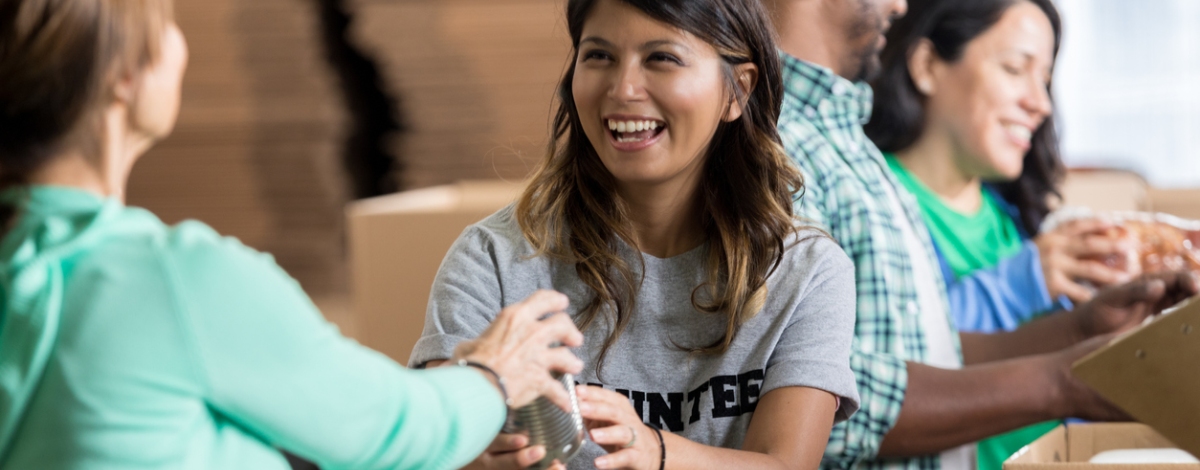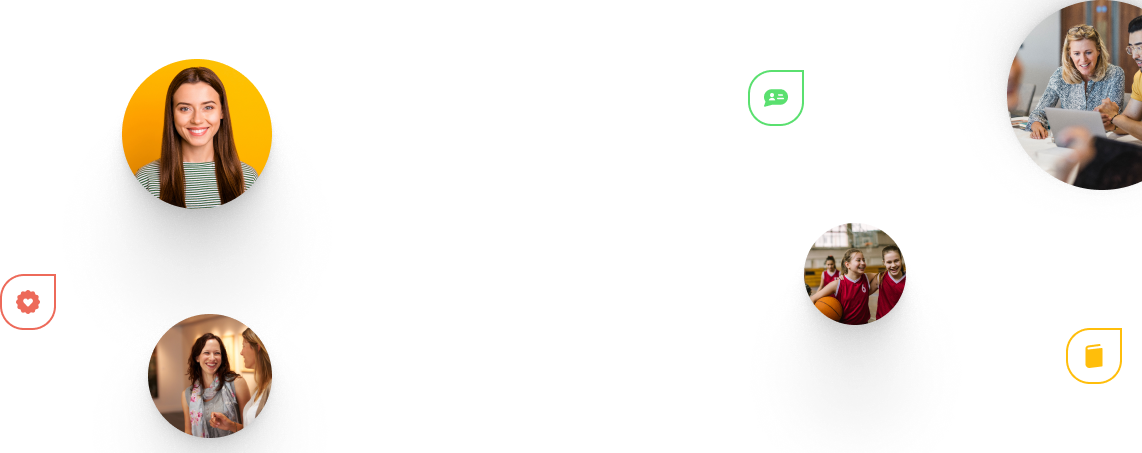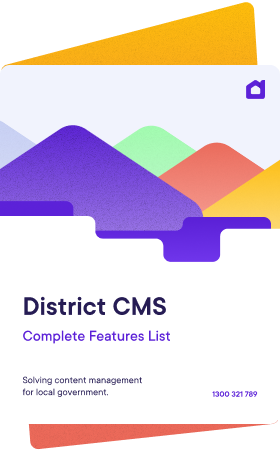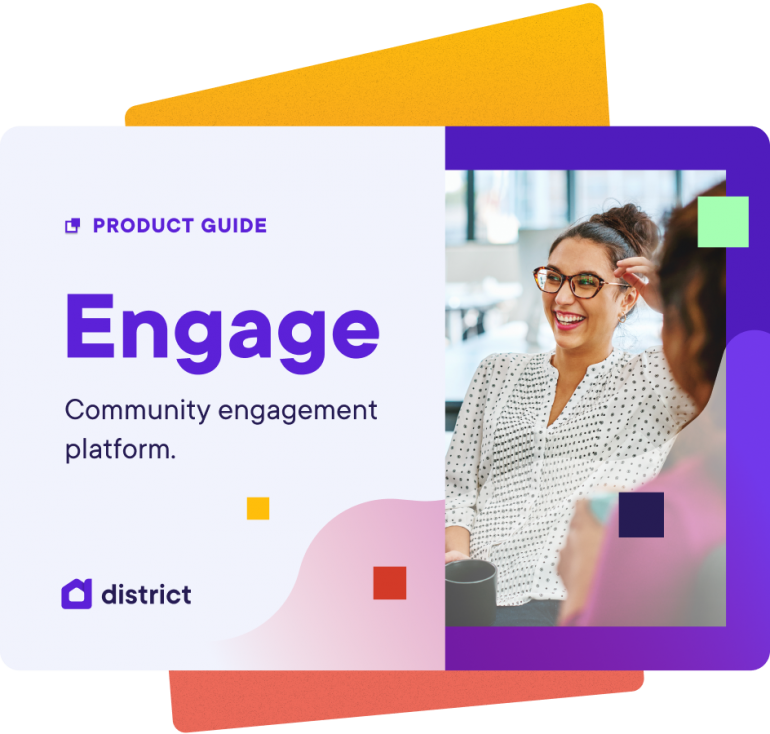Disasters can strike at any moment, testing the strength of communities and their ability to rebuild and recover. In Australia we have witnessed the devastating impact of natural disasters first hand, from bushfires to floods and cyclones.
But at our darkest moments, we also witness remarkable community spirit, as neighbours and residents reach out to help their fellow citizens in any way they can. From rescuing people trapped on their roof in raging floodwaters, to helping a neighbour dampen embers with a garden hose, we’ve seen these remarkable stories of mateship and courage play out across the country.
But too often, the recovery effort in these shattered communities is slow. Rebuilding can be an arduous process, and despite the best intentions, efforts are not always coordinated as well as they could be.
Perhaps the practice of community engagement has a role to play here?
Community engagement practitioners work to ensure that community feedback is sought and considered in project and policy development. Getting the insights of first hand experience is invaluable in crafting meaningful solutions that create positive impacts. It’s also great for targeting valuable resources to exactly where they are needed.
While practitioners use a variety of tools and methods to run a public consultation, digital tools are becoming more and more common, because they are easy to use, simple to implement, and they’re flexible for targeting specific demographics. Plus, the instant reporting and analysis means that project decisions can be made quickly and effectively.
When combined with a digital engagement platform, these digital tools, including Surveys, Interactive Maps, Polls, Q&As, Updates, Events and Discussion threads, can form a powerful community portal.
Could such a community engagement portal be harnessed to help communities deal with the aftermath of a natural disaster?
How digital engagement tools help disaster response
Let's take a closer look at how digital engagement tools have helped communities coordinate their recovery response to previous natural disasters in Australia.
Emergency alerts
During natural disasters, communication is everything. Weather apps, Emergency Service notifications and SMS messaging alert residents to upcoming weather events, road closures, and emergency warnings.
For example, during Cyclone Yasi’s trail of destruction across Queensland in 2011, the QLD Police Service used social media platforms to keep residents informed about evacuation routes, safety measures and relief efforts. It helped to minimise casualties and directed resources to where they were needed most.
Coordinated recovery services
After the immediate danger has passed, the need for coordinated recovery services remains. Residents need access to information, financial assistance and support.
In the aftermath of the Black Summer fires of 2019/2020, the Commonwealth Government’s Disaster Assist website was deployed to help coordinate rescue and recovery efforts. The platform provided a resource for survivors to get disaster recovery information, apply for financial assistance and find support services. It provided a central hub for government agencies to align their actions and unify their response.
Grassroots initiatives
It takes time for a community to recover after a natural disaster, and when the official emergency response has concluded, residents are still left with damaged homes and broken communities. This is where charity groups and grassroots initiatives have a role to play. Leveraging social media, crowdfunding platforms, and volunteer coordination, these groups can rally support and extend their reach to those in need.
This was the case during the floods in New South Wales in 2021. Grassroots organisations and volunteer groups utilised digital platforms to mobilise resources and manpower, while social media campaigns galvanised public donations and relief efforts. On an individual level, ordinary citizens were empowered to contribute to relief efforts by providing vital information, offering assistance and supporting their neighbours in times of need.
As you can see from these examples, digital engagement tools already play a powerful role in helping communities in the aftermath of a natural disaster.
So why would a community engagement platform make a difference?
How a community engagement platform can streamline recovery services
For a local government area, a comprehensive community engagement platform, such as District Engage, can provide a coordinated response to disaster recovery efforts. District Engage is an out-of-the-box solution for public consultation projects. It’s essentially a portal for accessing a wide range of services, along with key engagement tools, that can help target assistance, and act as a community board for sharing important information.
Here are some of the digital tools that a community engagement platform such as District Engage offers, and how they can be utilised for disaster relief efforts:
Surveys and Polls
From a simple yes/no poll on social media, to open-ended responses on complex surveys, surveys and polls are essential for getting key insights and gauging the sentiment of a community. They are invaluable for generating instant feedback and can help to quickly determine the key pain points that the community is experiencing, helping responders react and target resources to where they are needed.
Updates
Regular communication is essential, so District Engage offers an Updates tool to enable you to publish important information on the website as soon as it is available, and to push notifications to subscribers.
Q&As
In order to direct the flow of information and avoid clogging up phone lines, the Q&A tool functions much like “frequently asked questions”. Easy to navigate and clearly displayed questions can be answered in depth on the platform, helping community users quickly get the information they need.
Events
After any significant event, the community will need to gather together: town hall meetings, fundraising BBQs and working bees. The District Engage platform includes an Event tab that allows platform managers to schedule and promote all upcoming events, and allows respondents to RSVP.
Documents
Share important documents with the community, to ensure they have all the information they need at their disposal.
Maps
District Engage’s interactive mapping tool benefits both website managers and public users. You can share important geographic-based information, by pinpointing exact locations, and adding comments. Share details about roadblocks, fallen trees or information provided by emergency services instantly and efficiently.
Digital tools provide fast, user-friendly information and access to services, and are essential for helping emergency services teams, government agencies and local communities respond to natural disasters.
Thanks to an impressive range of tools and functions, a community engagement platform can offer a streamlined, accessible and information-rich portal which offers the community access to the services needed during the response and recovery period. With comprehensive reporting and analysis, community insights and feedback, useful forums for disseminating important information and a central point for the community to share updates, mapping data and event information, a community engagement platform should be considered as part of a coordinated rollout of recovery and rebuilding efforts.
If you would like to see District Engage in action, request a demo today.




